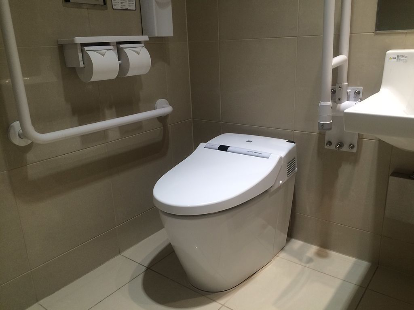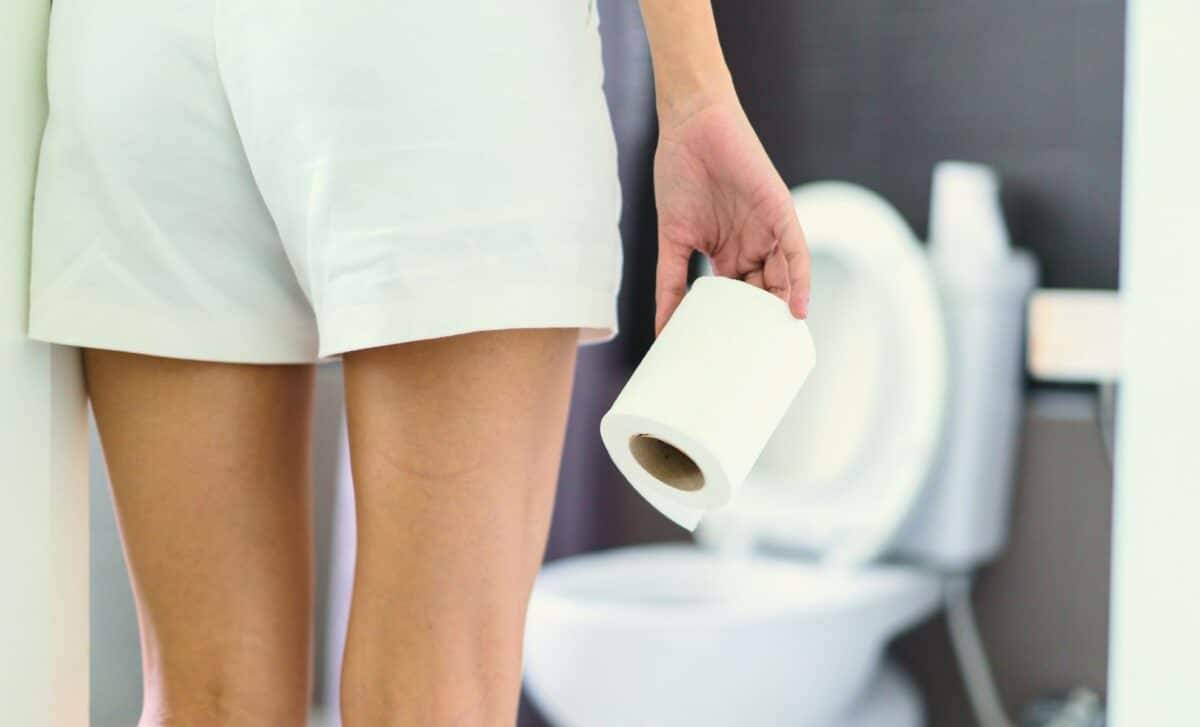In recent years, the way we think about bathroom hygiene has begun to shift. Driven by a growing awareness of environmental sustainability and health concerns, many are turning away from traditional toilet paper and embracing water-based alternatives.
Japan, known for its cutting-edge technology and attention to detail, has pioneered a bathroom innovation that’s now gaining popularity worldwide: the washlet toilet. This high-tech solution offers a more hygienic, eco-friendly, and comfortable way to clean up. But what exactly is behind this change, and why should we consider making the switch?
Why Toilet Paper Is Losing Its Appeal
For decades, toilet paper has been a bathroom staple. It’s convenient, easy to use, and universally available. However, it comes with significant drawbacks, especially when viewed through the lenses of environmental sustainability and personal health.
Environmental Concerns
The environmental impact of toilet paper production is staggering. Each year, millions of trees are cut down to meet global demand. The manufacturing process also consumes vast amounts of water and energy, contributing to deforestation, water scarcity, and pollution. A typical roll of toilet paper requires hundreds of liters of water to produce, and the chemicals used to bleach and whiten the paper can pollute rivers and ecosystems.
Health and Hygiene Issues
From a health perspective, toilet paper isn’t without its flaws. Despite its widespread use, it doesn’t always clean thoroughly. This is particularly true when dealing with more challenging situations like loose bowel movements. The dry, abrasive nature of toilet paper can lead to irritation, redness, and even small tears in sensitive areas, especially for individuals with skin conditions or medical issues like hemorrhoids.
The repeated wiping motion can also contribute to discomfort and, in some cases, cause infections. While toilet paper may seem like an effective solution, it may not be as clean or gentle as we think.
Japan’s Washlet
Japan has long been known for its innovative approach to everyday problems, and the washlet toilet is a prime example. Unlike traditional toilets, washlets use water to clean, offering a much more thorough and gentle alternative to toilet paper.
A Typical Washlet In Japan

How It Works
The washlet toilet is equipped with a built-in bidet, which uses precisely directed water jets to clean the user. These jets can be adjusted for both pressure and temperature, making the cleaning process customizable for each individual’s needs. Some models even feature air dryers to provide a hands-free experience, further eliminating the need for paper altogether.
The idea behind the washlet is simple: water cleans more effectively than paper. A stream of water is able to remove residue and bacteria more efficiently than wiping with a dry, rough material. This results in a cleaner, fresher feeling, and reduces the likelihood of irritation or infection.
Benefits Beyond Cleanliness
The washlet is not just about cleanliness—it’s also about comfort and convenience. For individuals with conditions like hemorrhoids, fissures, or other sensitive skin issues, the washlet offers a gentler alternative to traditional toilet paper. The adjustable water pressure allows users to find the most comfortable setting, and the warmth of the water can be soothing in a way that toilet paper simply cannot.
Moreover, washlets are more hygienic. By using water instead of paper, the risk of transferring harmful bacteria or causing infections is greatly reduced. Many medical professionals now recommend water-based cleaning for its health benefits, particularly for those with compromised skin or health conditions.
The Environmental and Health Benefits of Making the Switch
The move from toilet paper to water-based alternatives is not just a matter of personal preference—it has significant environmental and health benefits as well.
Environmental Impact
One of the most compelling reasons to switch is the positive environmental impact. By eliminating the need for toilet paper, households can significantly reduce their consumption of paper, trees, and water. A single person can save hundreds of toilet paper rolls annually, contributing to the preservation of forests and the reduction of waste in landfills. While water usage may increase slightly due to the bidet, the overall environmental footprint of producing toilet paper is far more taxing.
Health Advantages
Water-based cleaning offers substantial health benefits, especially for individuals with sensitive skin. The gentle nature of the washlet reduces the risk of irritation, redness, and infection. Moreover, it can help prevent common problems like urinary tract infections (UTIs) and hemorrhoids, making it a healthier option for many.
In addition, the move away from toilet paper could lead to better overall hygiene. Using water instead of paper ensures that the area is thoroughly cleaned, minimizing the risk of bacteria buildup. This improved hygiene could even have broader public health benefits by reducing the spread of bacteria and viruses.
Making the Transition: How Easy Is It?
Switching to a water-based system is easier than many people think. While some might worry about the cost and installation, there are affordable options available, such as bidet attachments that can be added to most existing toilets. These attachments range from simple, non-electric models to more advanced systems with adjustable features and remote controls. Installing a bidet attachment typically takes just a few minutes, and many people find the transition seamless.
Cost and Savings
While the upfront cost of a bidet system might seem steep, the savings over time can be significant. A typical household can save hundreds of dollars each year by eliminating toilet paper purchases. In addition, the environmental savings—such as fewer trees cut down and less waste—are substantial. Over time, the initial investment in a water-based system can pay for itself.
User Experience
For most people, using a washlet or bidet system is a matter of a few days’ adjustment. While the idea of moving away from toilet paper might seem strange at first, many users quickly adapt and report that they feel cleaner and more comfortable. Once the novelty wears off, most individuals find themselves preferring the water-based option for its superior hygiene and comfort.
Credit: Indiandefencereview













